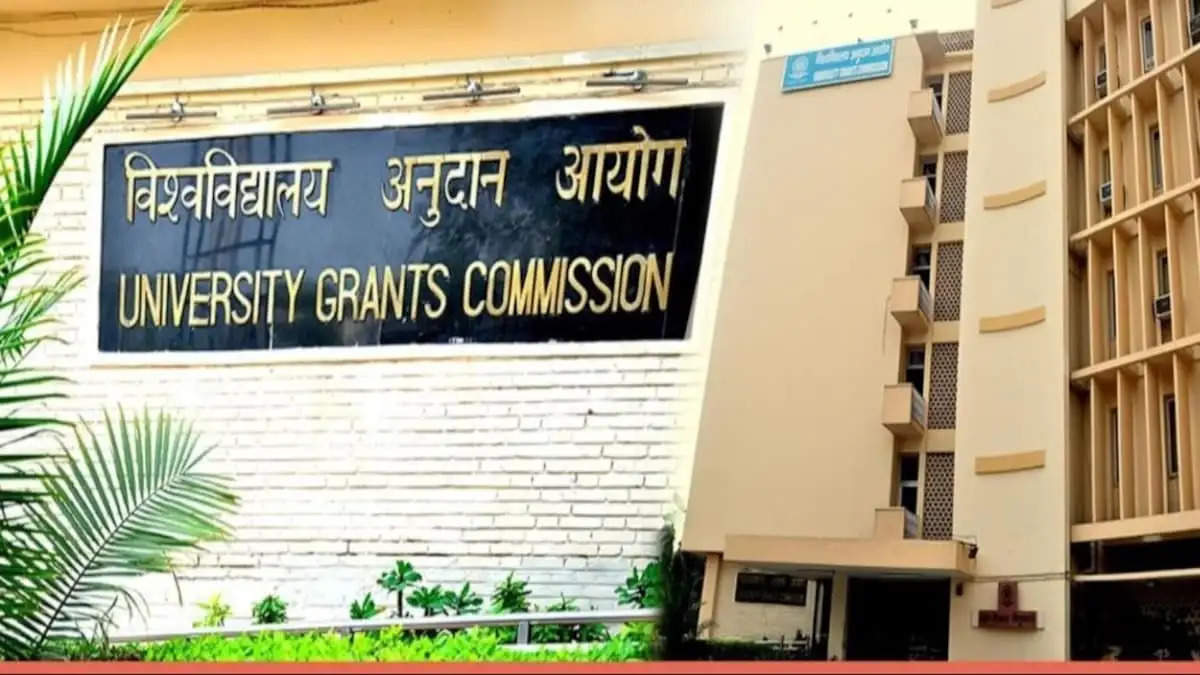UGC draft norms for colleges: 75% regular teachers, NIRF ranking mandatory
The University Grants Commission (UGC) is paving the way for a transformative change in higher education funding through its proposed guidelines titled "UGC (Fitness of Colleges to Receive Grants) Regulations 2024." In this blog post, we explore the key features of these guidelines, their implications for colleges, and the potential impact on the higher education landscape.

The University Grants Commission (UGC) is paving the way for a transformative change in higher education funding through its proposed guidelines titled "UGC (Fitness of Colleges to Receive Grants) Regulations 2024." In this blog post, we explore the key features of these guidelines, their implications for colleges, and the potential impact on the higher education landscape.

UGC Grant Guidelines 2024: A Paradigm Shift
The UGC, the apex regulatory body for higher education in India, has put forth a set of comprehensive guidelines aimed at reshaping how colleges receive grants from the central government. If approved, these guidelines will supersede the existing ones from 1975, ushering in a new era for institutions under UGC recognition.
Aligning with National Education Policy 2020
The proposed guidelines align with the National Education Policy 2020, emphasizing a holistic approach to education. One of the notable shifts includes the revision of affiliation rules for colleges associated with universities.
Key Highlights of the Proposed Guidelines
1. Participation in Accreditation Programs
Colleges are encouraged to participate in accreditation programs such as NAAC or NBA. This move underscores the UGC's commitment to ensuring and enhancing the quality of education in affiliated institutions.
2. NIRF Ranking as a Parameter
The guidelines introduce NIRF ranking as a parameter for eligibility. Colleges aspiring to receive grants must strive for excellence and visibility, as reflected in their National Institutional Ranking Framework (NIRF) ranking.
3. Filling Teaching Positions
To be eligible for funding, colleges must fulfill at least 75% of approved teaching positions. This directive aims to address the issue of understaffing in educational institutions.
4. Mandatory Listing Under Section 2 (f)
Colleges are mandated to list themselves under Section 2 (f), ensuring adherence to legal norms. This step holds colleges accountable to the UGC and signifies a commitment to transparency.
5. Fee Structure and Funding
Colleges charging appropriate fees, as determined by central or state authorities, and refraining from unauthorized fees, may be considered for funding. A supporting certificate from the affiliated university adds credibility to their funding eligibility.
Applying for UGC Grants: A Step-by-Step Guide
Colleges seeking UGC grants can follow a straightforward process:
- Online Application: Eligible colleges can apply online on the UGC portal.
- Documentation: Submission of supporting documents, including the certificate from the affiliated university, is crucial.
- Scrutiny: UGC expects universities to scrutinize applications and recommend UGC approval within 60 days.
Ensuring Compliance and Credibility
The proposed guidelines stress the importance of maintaining quality standards. Colleges will need to list and adhere to valid norms to remain eligible for funding. Any violation of these guidelines may result in UGC withdrawing its recognition.
